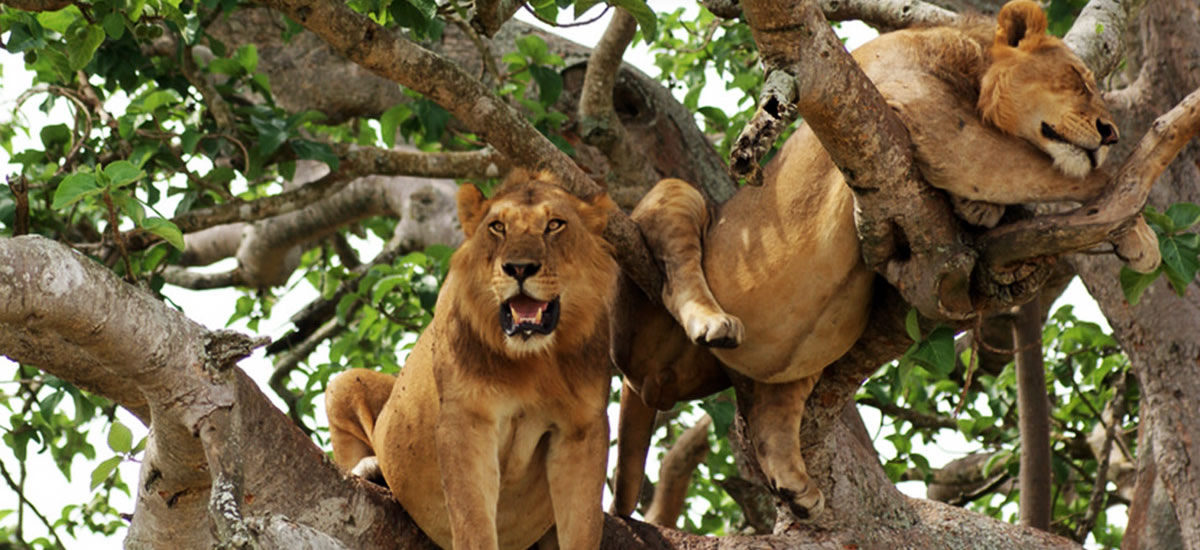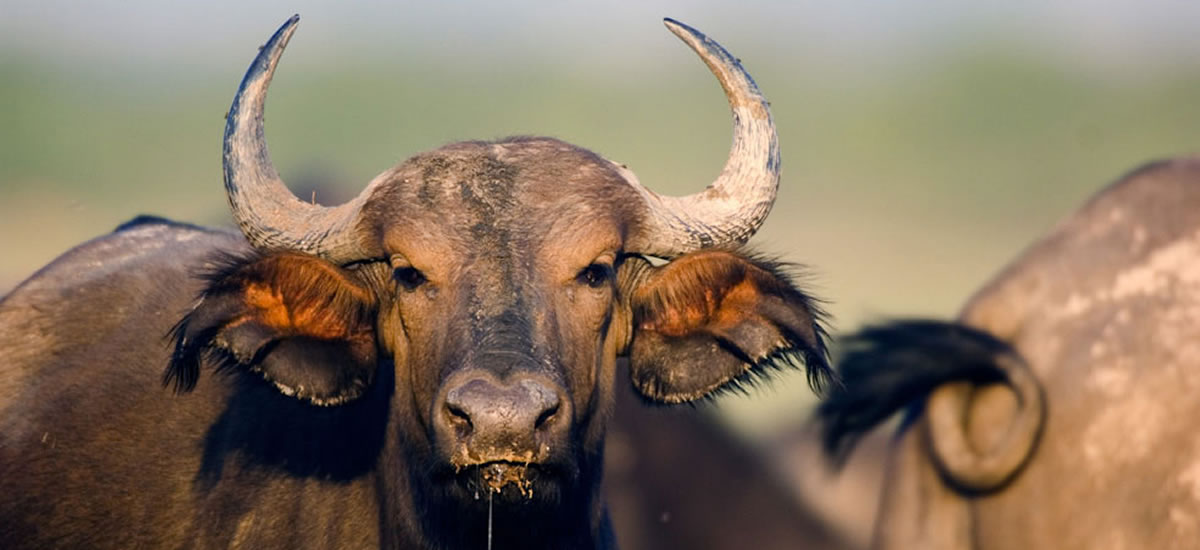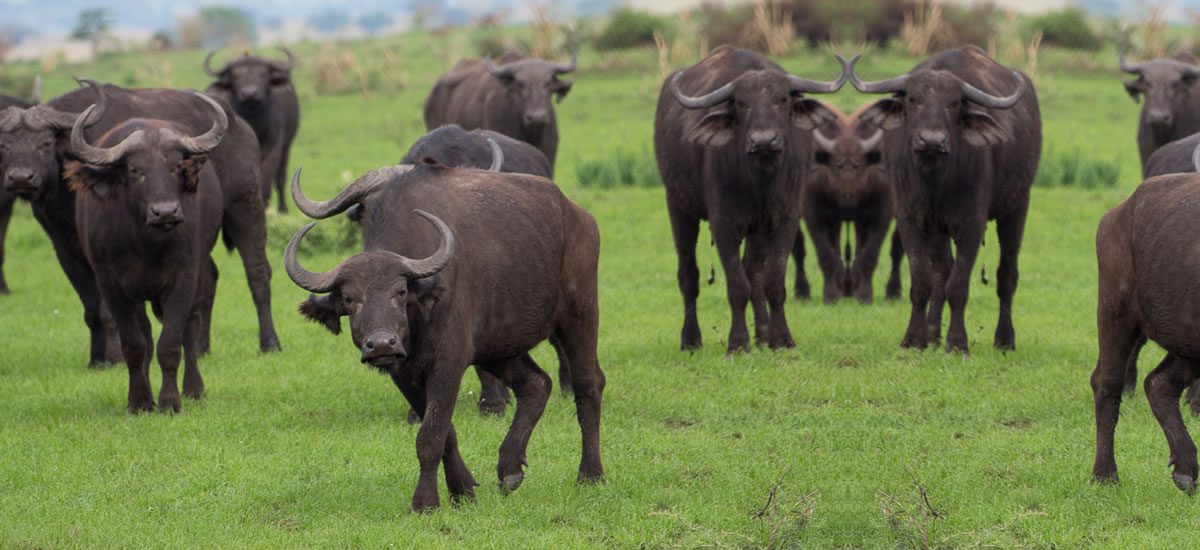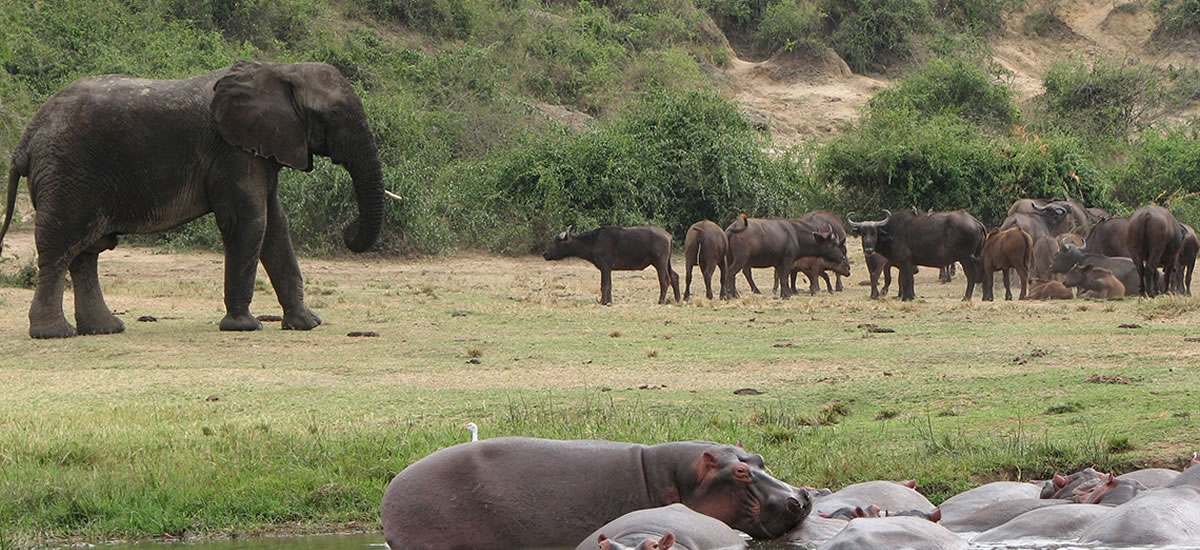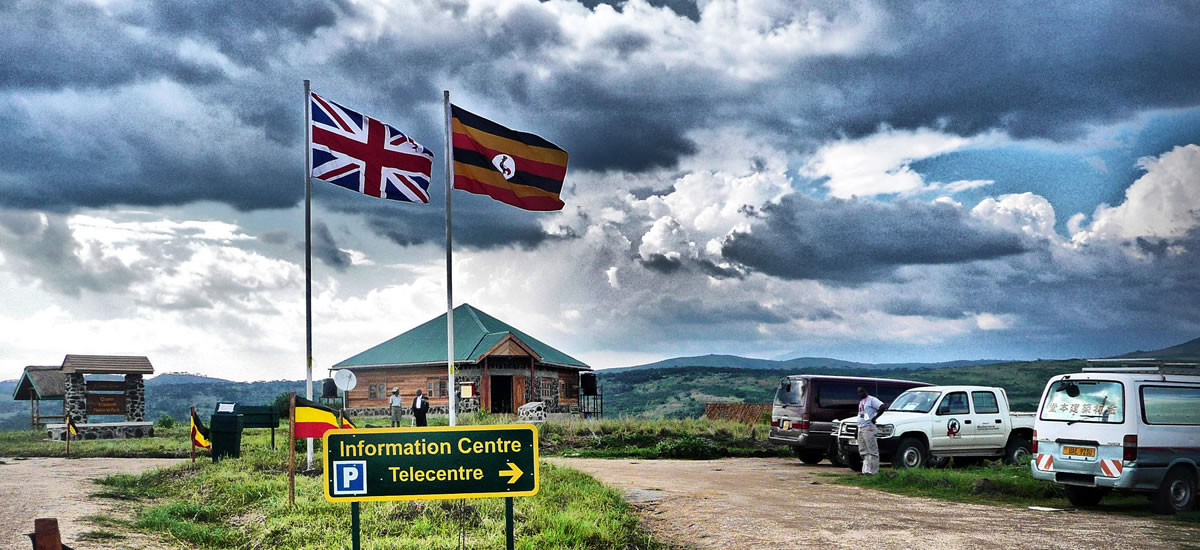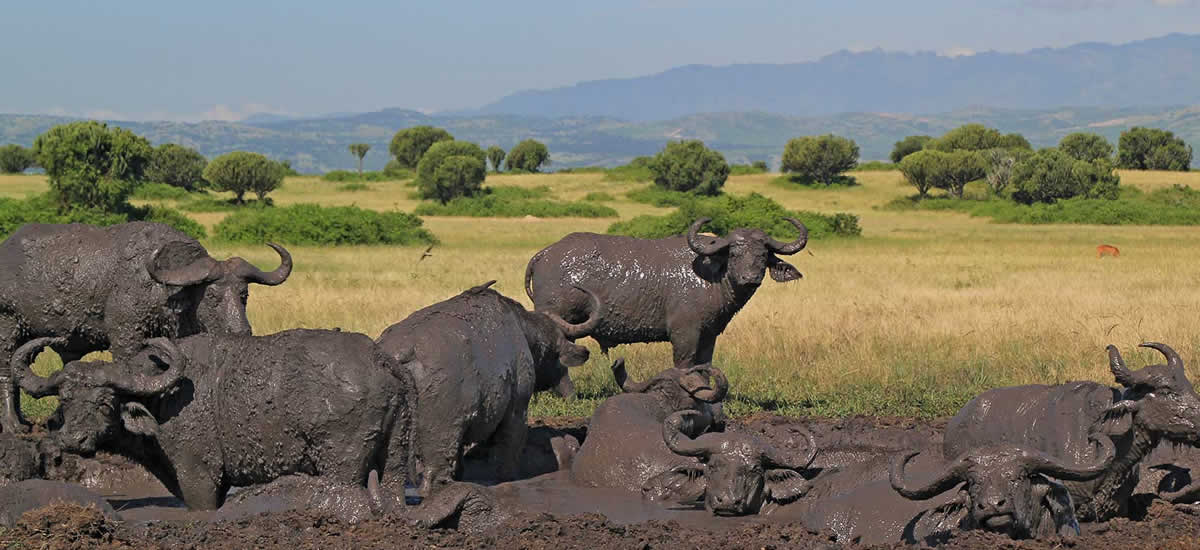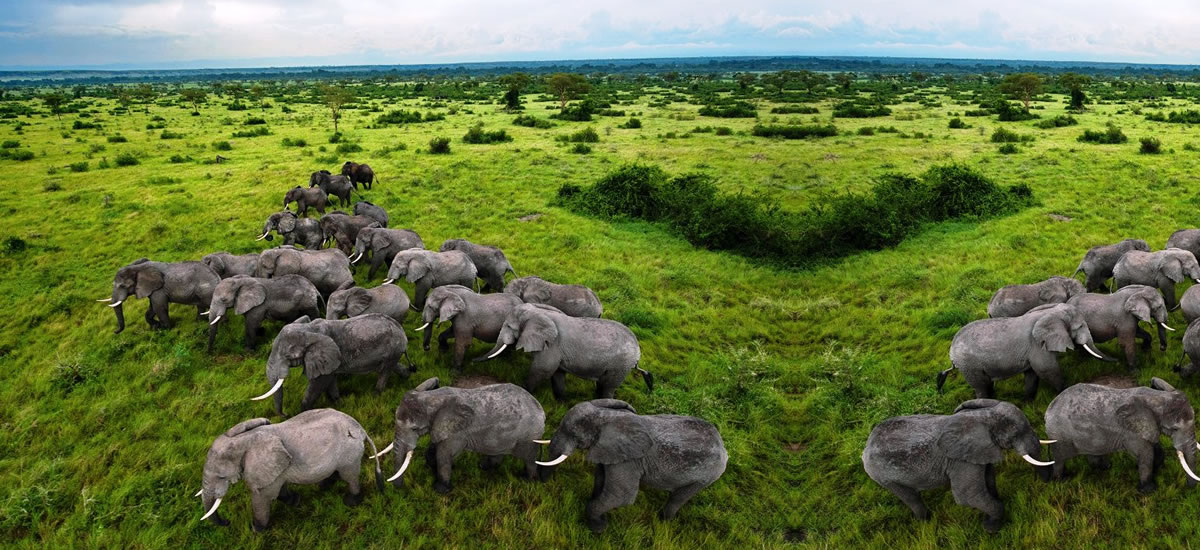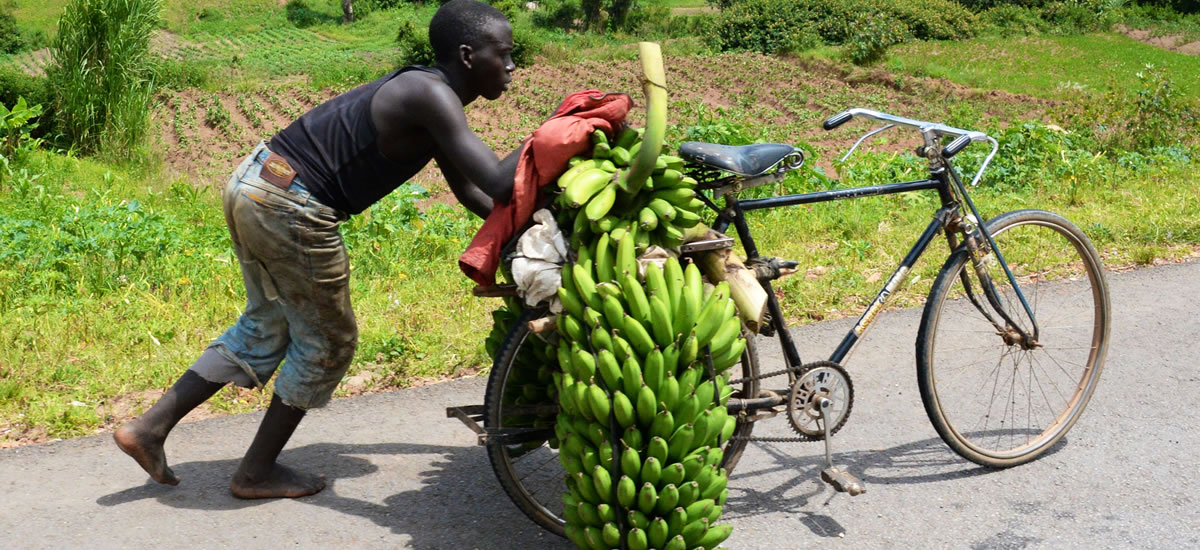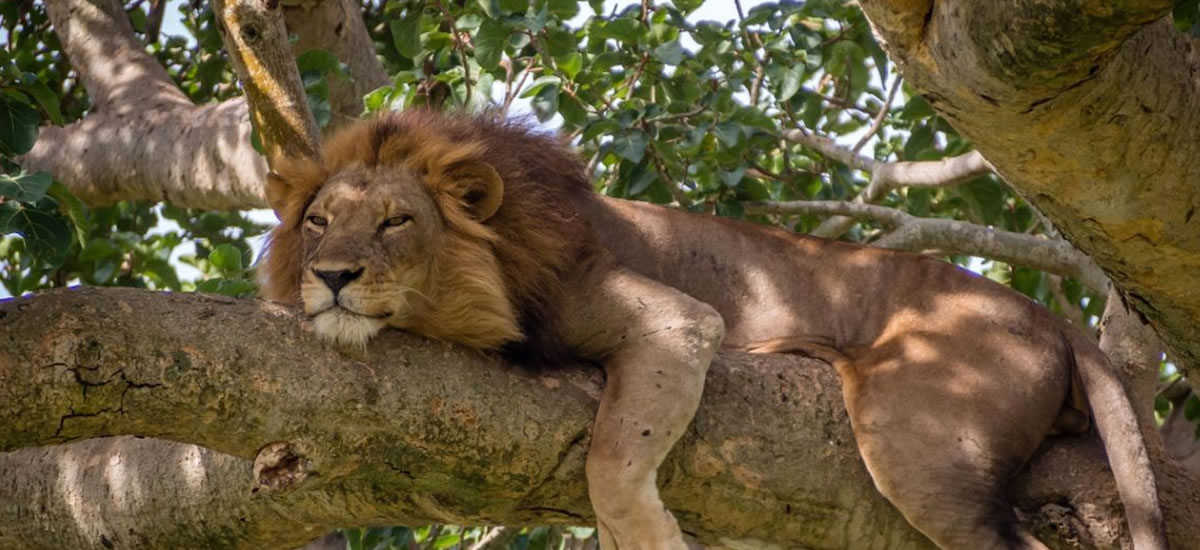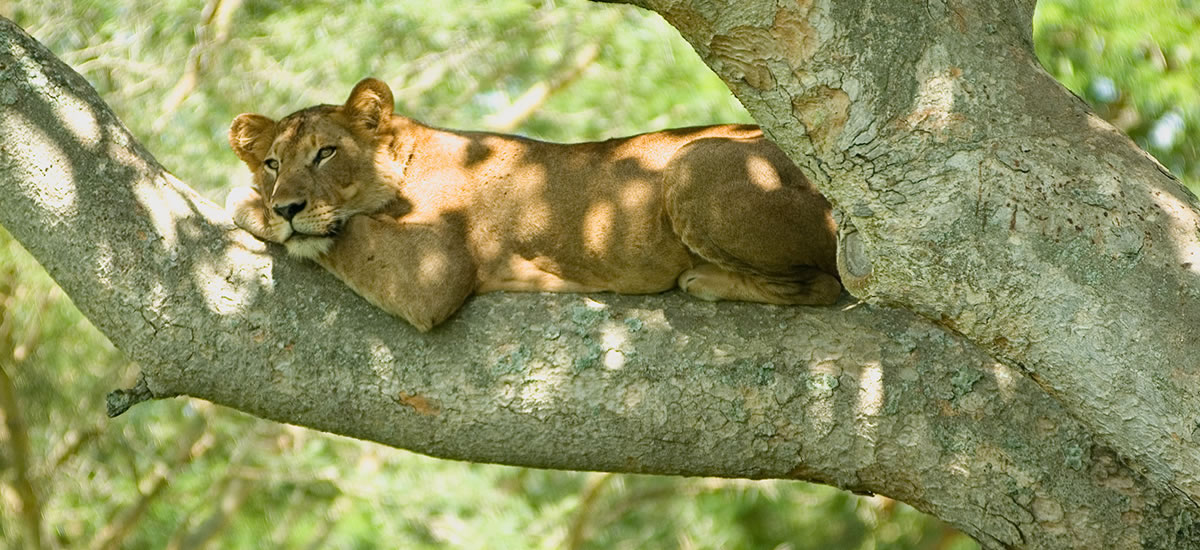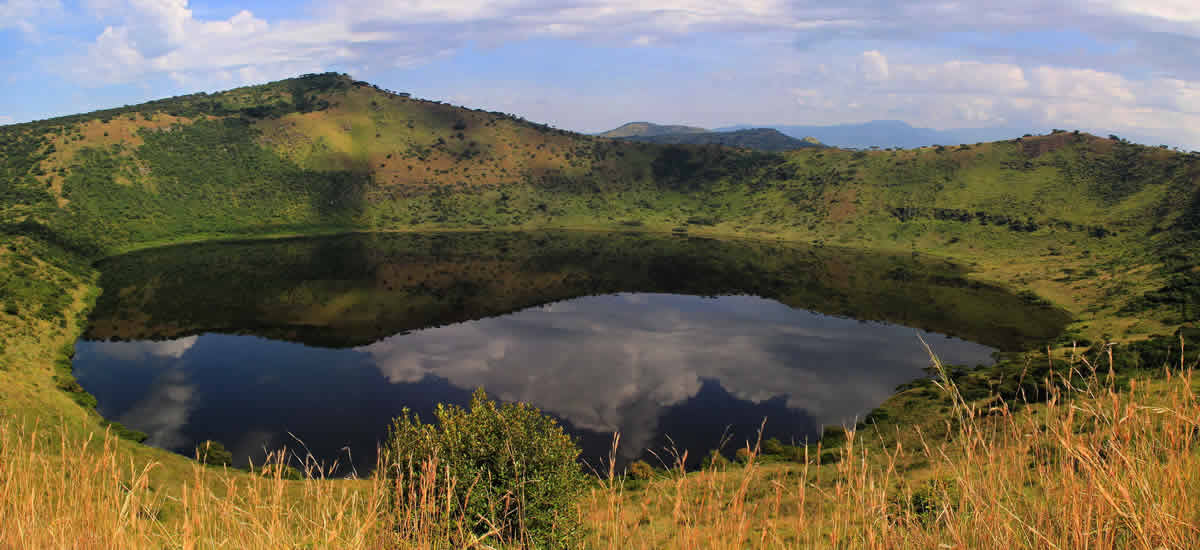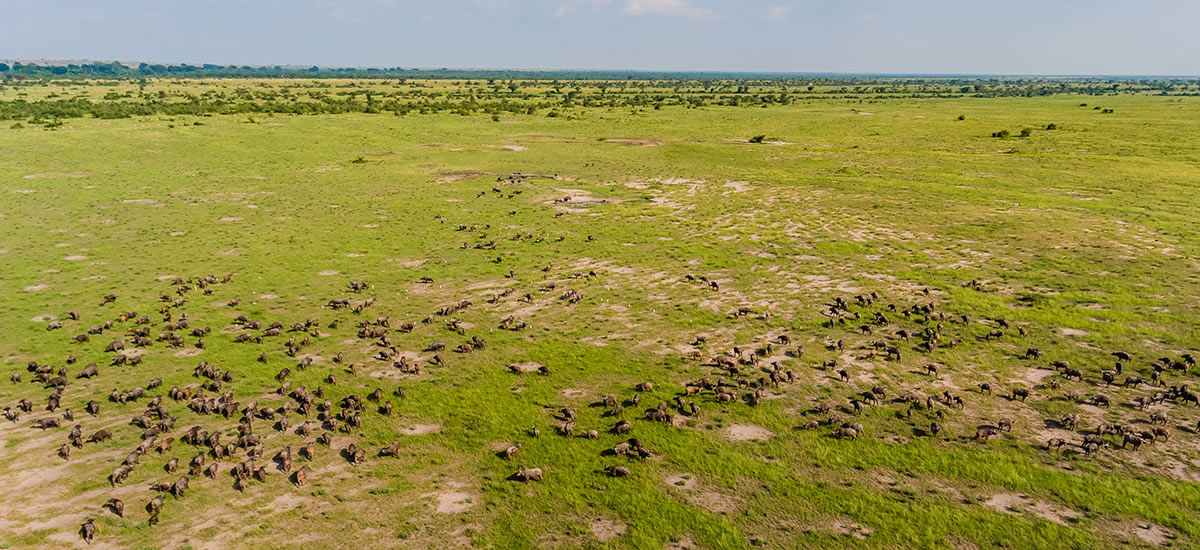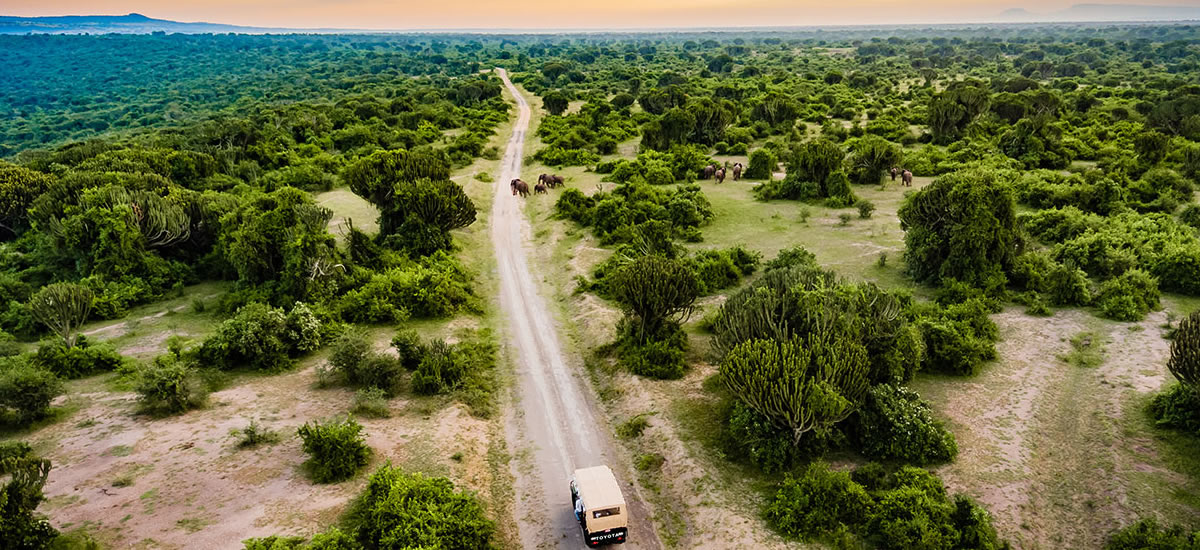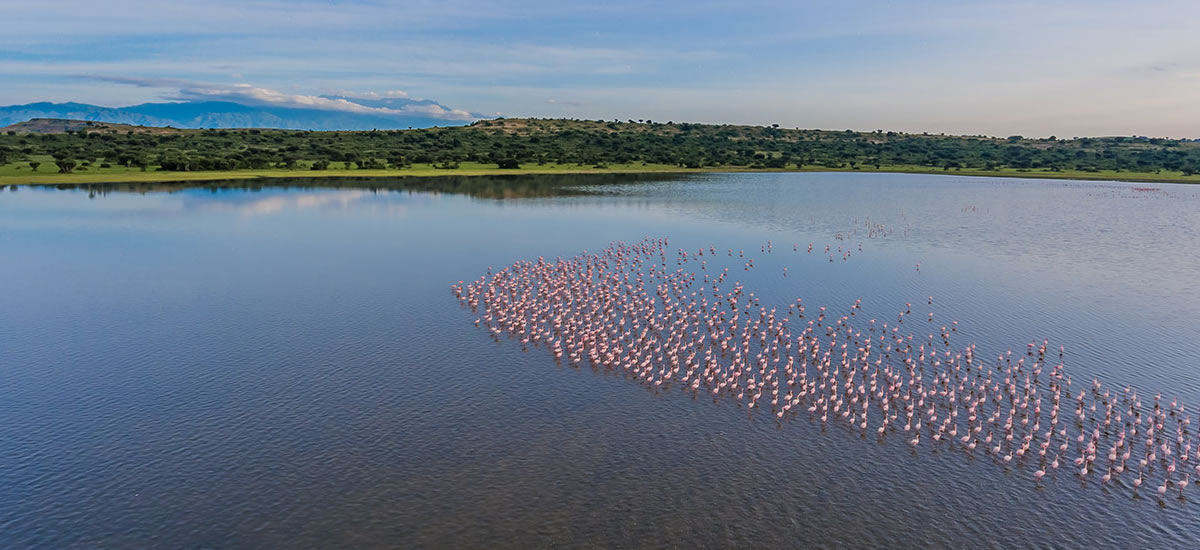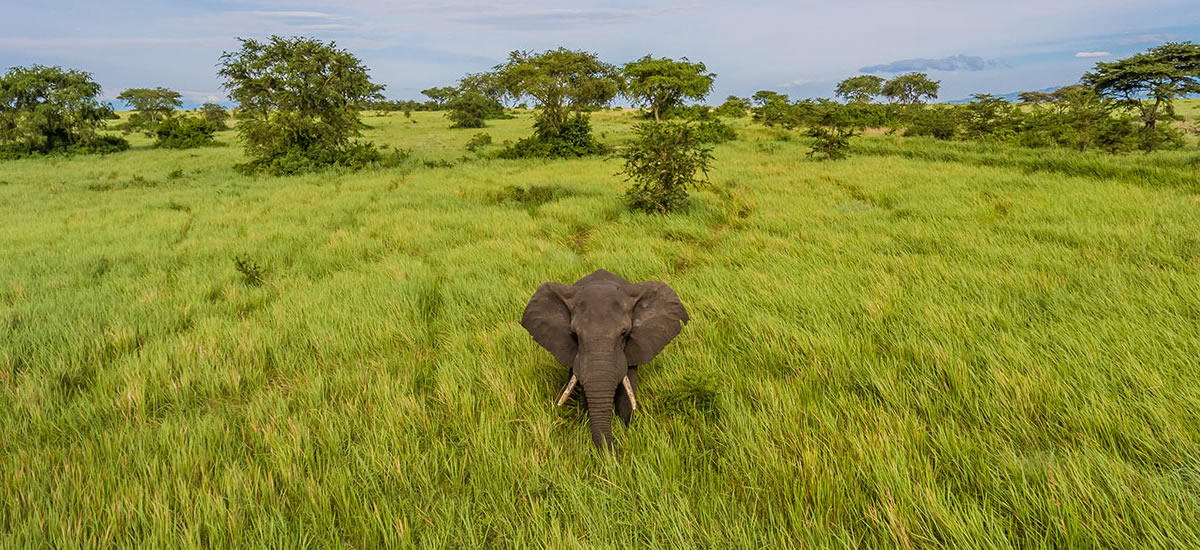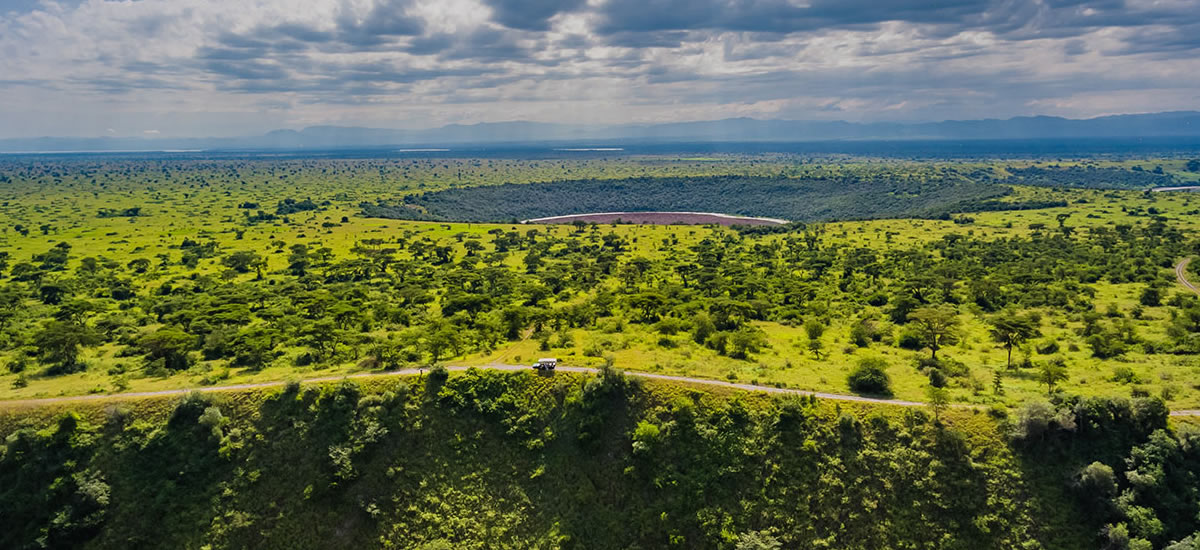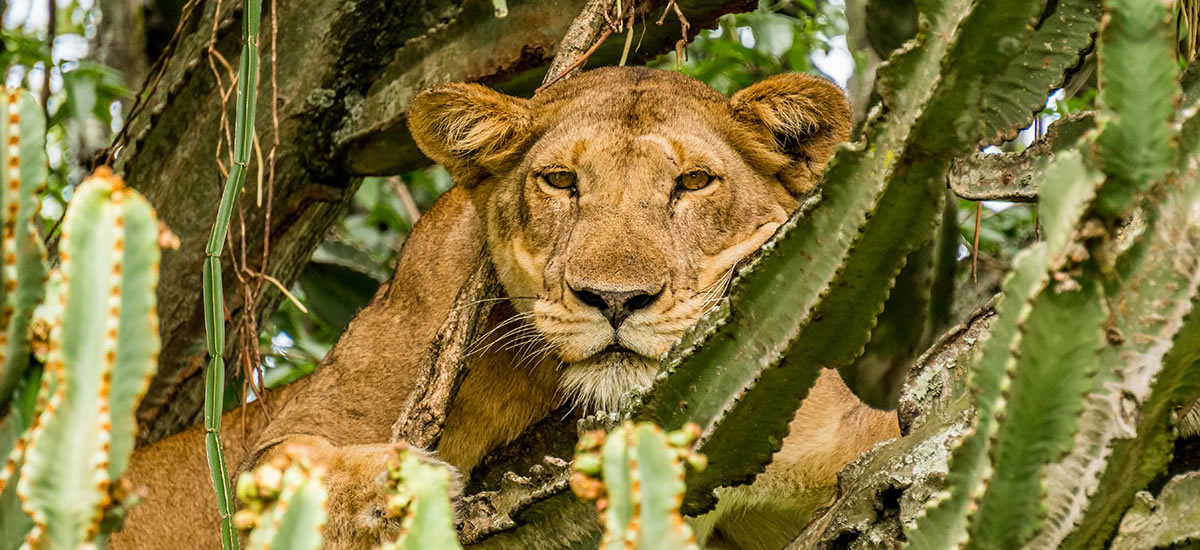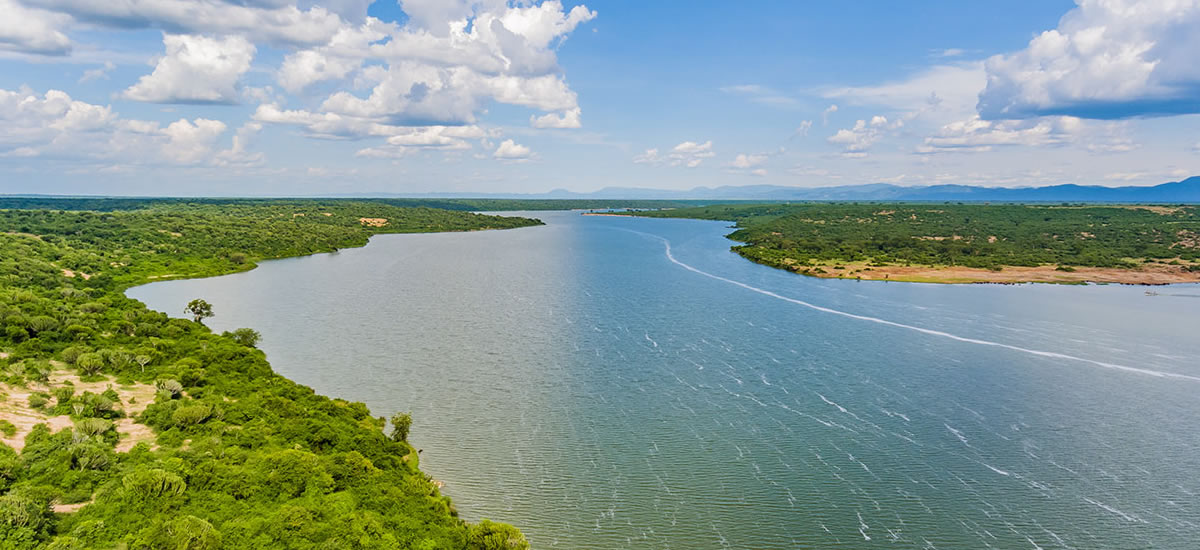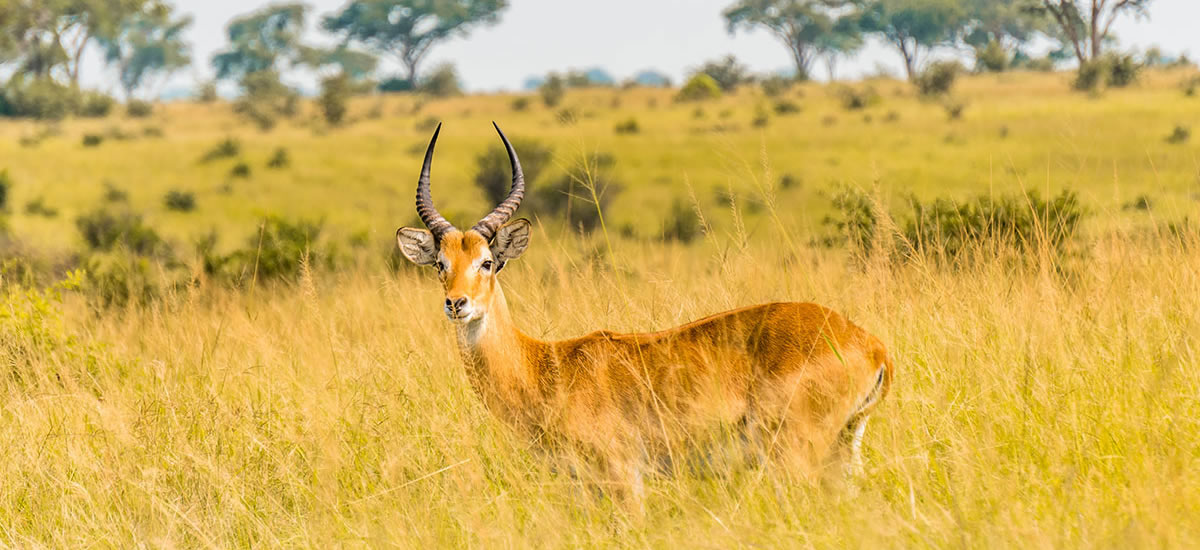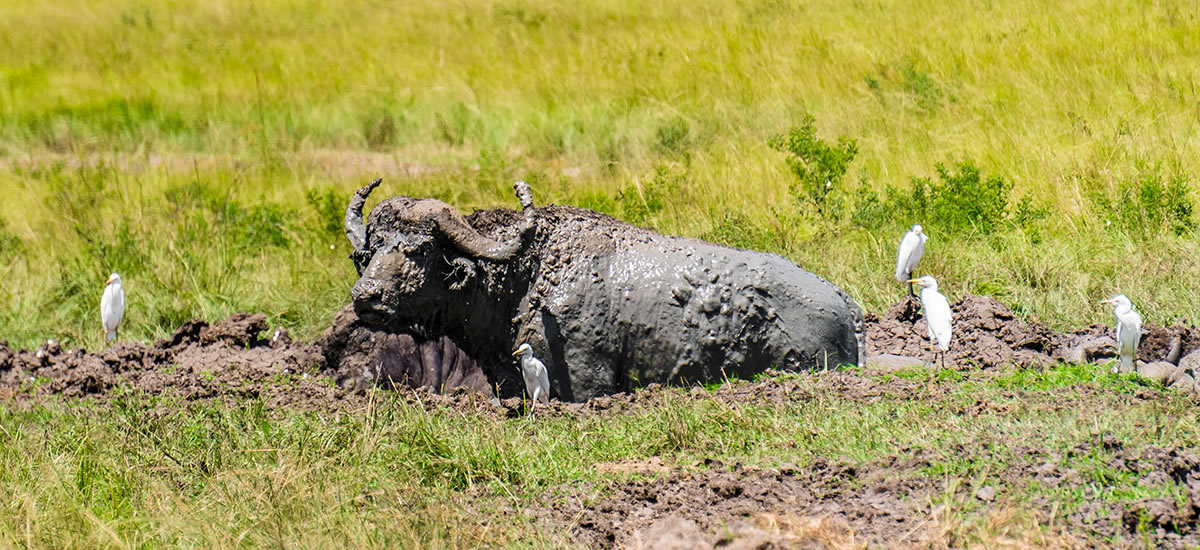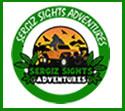Queen Elizabeth National Park
From $1,000
OVERVIEW
Pick up from Kampala and drive past local communities, winding hills and tea plantations on to fort portal town.Have lunch and continue through the foothills of Rwenzori ranges on to Queen Elizabeth National Park.
Check in at: For overnight stay.
Drive Time: 7 Hours
ABOUT QUEEN ELIZABETH NATIONAL PARK
Queen Elizabeth National Park occupies an estimated 1,978 square kilometres (764 sq mi).[4] The park extends from Lake George in the north-east to Lake Edward in the south-west and includes the Kazinga Channel connecting the two lakes.The park was founded in 1952 as Kazinga National Park. It was renamed two years later to commemorate a visit by Queen Elizabeth II.
Queen Elizabeth National Park is known for its wildlife, including African buffalo, Ugandan kob, hippopotamus, Nile crocodile, African bush elephant, African leopard, lion, and chimpanzee. It is home to 95 mammal species and over 500 bird species. The area around Ishasha in Rukungiri District is famous for its tree-climbing lions, whose males sport black manes. [6] Poachers killed six elephants in the park in 2015, triggering both anger and frustration within the Ugandan conservation community.
Queen Elizabeth National Park together with the adjacent Virunga National Park is a Lion Conservation Unit.[8] The area is considered a potential lion stronghold in Central Africa, if poaching is curbed and prey species recover.
The park is also famous for its volcanic features, including volcanic cones and deep craters, many with crater lakes, such as the Katwe craters, from which salt is extracted.
Services in the park include a telecenter run by Conservation Through Public Health and the Uganda Wildlife Authority, neighboring the Queen's Pavilion, park lodges, game and scenic drives, and boat launches.
#boat_ride#big_cats#big_five#road_trip#chimps_tracking#bird_watching#villages#quad_biking#primates#family#honeymoons#Island_and_beach_holidays #natures_great_events#marine_holidays#small_groups#tailor_made#boating#chimps_tracking#solo_travel#
LOCATION
Gallery
Frequently Asked Questions
We strongly recommend bringing a backpack or duffel bag, as suitcases can be cumbersome and difficult to store in buses, under seats, etc.. Keep in mind that you will normally have to carry your own luggage on and off buses and trains and up and down hotel staircases. Suitcases with wheels may not work well on dirt or cobblestone roads.
Travelers arrive from all over the world to begin our tours and it is not possible to include international airfare in our prices. We would be happy to help you arrange flights. Just ask for an air quote when making your booking.
We always recommend packing as light as possible however the specific requirements for your tour will vary widely depending on where and when you are traveling. Our 'Trip Details' document includes a suggested packing list and these can be downloaded from each individual trip summary page. The checklist is tour specific and based upon the experience of our ground staff.
Requirements for travel visas vary widely depending on your nationality and your destination. Although we are unable to arrange visas on your behalf we have provided links on our “Resources” page to websites that will help you determine if visas are required. If you do require a visa you can arrange them yourself or use the services of a travel agent or visa processing company.
We keep our group sizes low so you have the freedom to move around and get involved with your surroundings, as well as more personal attention from our local guides. This intimate size ensures that your group will not crowd your experience. You can expect up to 15 travelers on a trip but the average is 10. Check individual trip pages for maximum group sizes.


